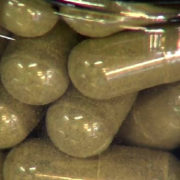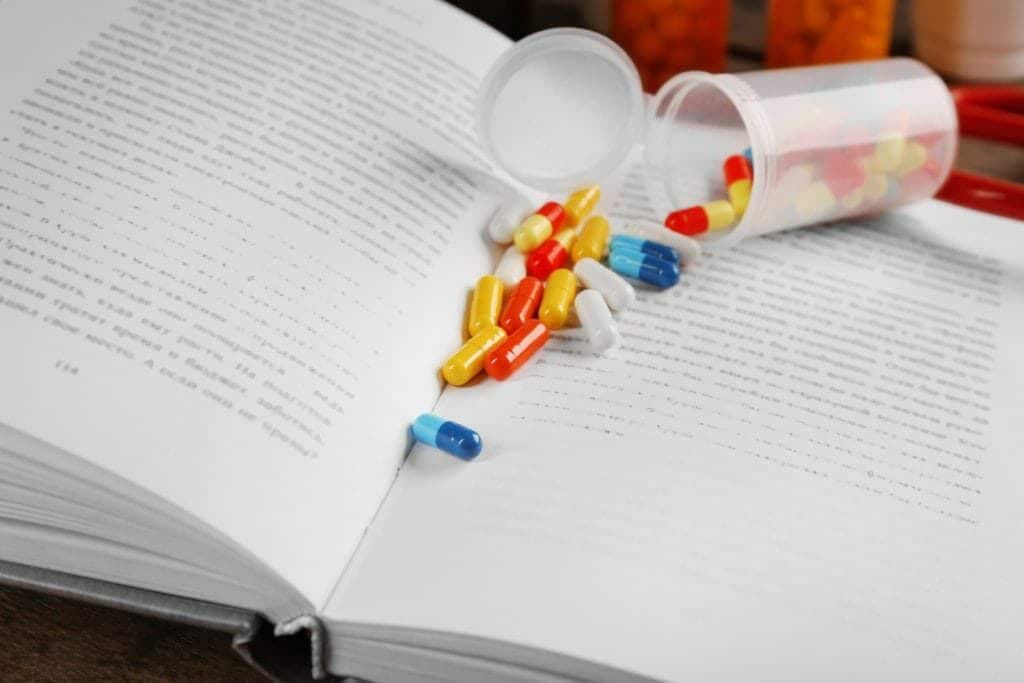
Prescription stimulants or “uppers” are pharmaceutical drugs, which includes amphetamines (e.g., Adderall) and methylphenidate (e.g., Ritalin and Concerta), dexmethylphenidate (Focalin, Attenade) and Lisdexamfetamine (Vyvance).
These drugs are prescribed to treat Attention-Deficit Hyperactivity Disorder (ADHD) in children, adolescents and adults. ADHD is a medical condition, which often starts in childhood. People with ADHD are restless, have a hard time focusing, sitting still and paying attention.
Out of all the drugs listed above, Ritalin is the most prescribed for ADHD, since it was introduced at the end of the 20th century.
According to the University of Utah’s Genetic Science Learning Center, 75% of Ritalin users are children, and out of that group, the majority are boys, receiving about four times more Ritalin than girls.
Ritalin has a potential for abuse, and like cocaine, is a strong stimulant. Both increase dopamine levels in the brain, and both share a similar chemical structure.
It’s no wonder that one of Ritalin’s street names is Kiddie Coke.
Dopamine, like serotonin is a neurotransmitter, which controls many neurological functions in the brain. The hormone is released into a group of nerve cells, known as nucleus accumbens. These cells are underneath the cerebral cortex. Since the hormone is responsible for feelings of euphoria, that particular region in the brain is known as the pleasure center.
Author Elizabeth Wurtzel, best known for Prozac Nation: Young and Depressed in America, wrote about her Ritalin addiction in More, Now and Again, a Memoir of Addiction. Wurtzel’s psychiatrist initially prescribed her Ritalin because of her depression and her lack of focus. Because Wurtzel was prone to drug addiction, her doctor actually thought the Ritalin would be a good fit. The medication worked. But soon Wurtzel who enjoyed the feeling of euphoria, started crushing the Ritalin and snorted it. After her body developed tolerance, and the Ritalin highs were not so high anymore, she added cocaine to her list.
Soon enough, she was snorting 40 pills a day, as well as adding Coke to her cocktail. Of the Ritalin, Wurtzel wrote,
“They used to be a treat. Late at night, they were something to look forward to. I could tell myself: I can still get high. I would tell myself: This is the sugar in my bowl. But now it’s my life. Pills are my everything.”
According to Drug Free World, short-term side effects of Ritalin abuse include erratic, violent behavior, increased heart rate and blood pressure, panic, lack of appetite, hallucinations and irritability. The long-term effects include liver, kidney and heart damage, psychosis, strong psychological dependence and brain damage that can lead to strokes, along with triggering epileptic fits.
Ritalin abuse causes aggressive, and potentially violent behavior. A teenager snorted Ritalin, stayed awake for days, and armed with a hatchet, slaughtered his parents and mutilated his siblings.
While that horrible scenario echoes the opening murder scene from the film, The Amityville Horror, the truth is that Ritalin abuse makes an individual feel like they are in a horror movie, or even a sci-fi flic. High doses can lead to the perception of insects or worms inching under the skin. Some addicts experience intense paranoia, which can make them do crazy things.
At one point, Wurtzel wondered, how could a drug that helped hyperactive children be addictive?
Well it is.
And not only that, but the Food and Drug Administration (FDA) has a black box warning label placed on bottles of Ritalin, warning consumers of its high potential for abuse.
Wurtzel sought help, by going to residential treatment, along with attending 12-step meetings, doing her steps and working with a sponsor. She has been clean since 1998.
Before she underwent primary care, she had to undergo medically supervised detox because suddenly quitting from Ritalin can be potentially lethal.
Ritalin withdrawal symptoms include severe depression, suicidal ideations, and heart complications. The best way to wean off Ritalin is with the help of professionals. At Cycles of Change, we provide sub-acute drug detox, the first step to recovery, in our licensed and supervised program.
After detox, we provide clinical, evidence-based treatment offered in our gorgeous gender-specific substance abuse and addiction treatment facilities in Palmdale, California. And not only do our clients attend 12-step meetings, but we offer 12-step processing groups, and help clients work through their first four steps.
If you are ready to detox from Ritalin, and get treatment, or even if you just want to talk to one of our compassionate counselors and get more information, we are hear to help. And for family member who have a family member suffering from Ritalin abuse, we are here to provide guidance, and help you pick the appropriate program for your loved one’s needs.


